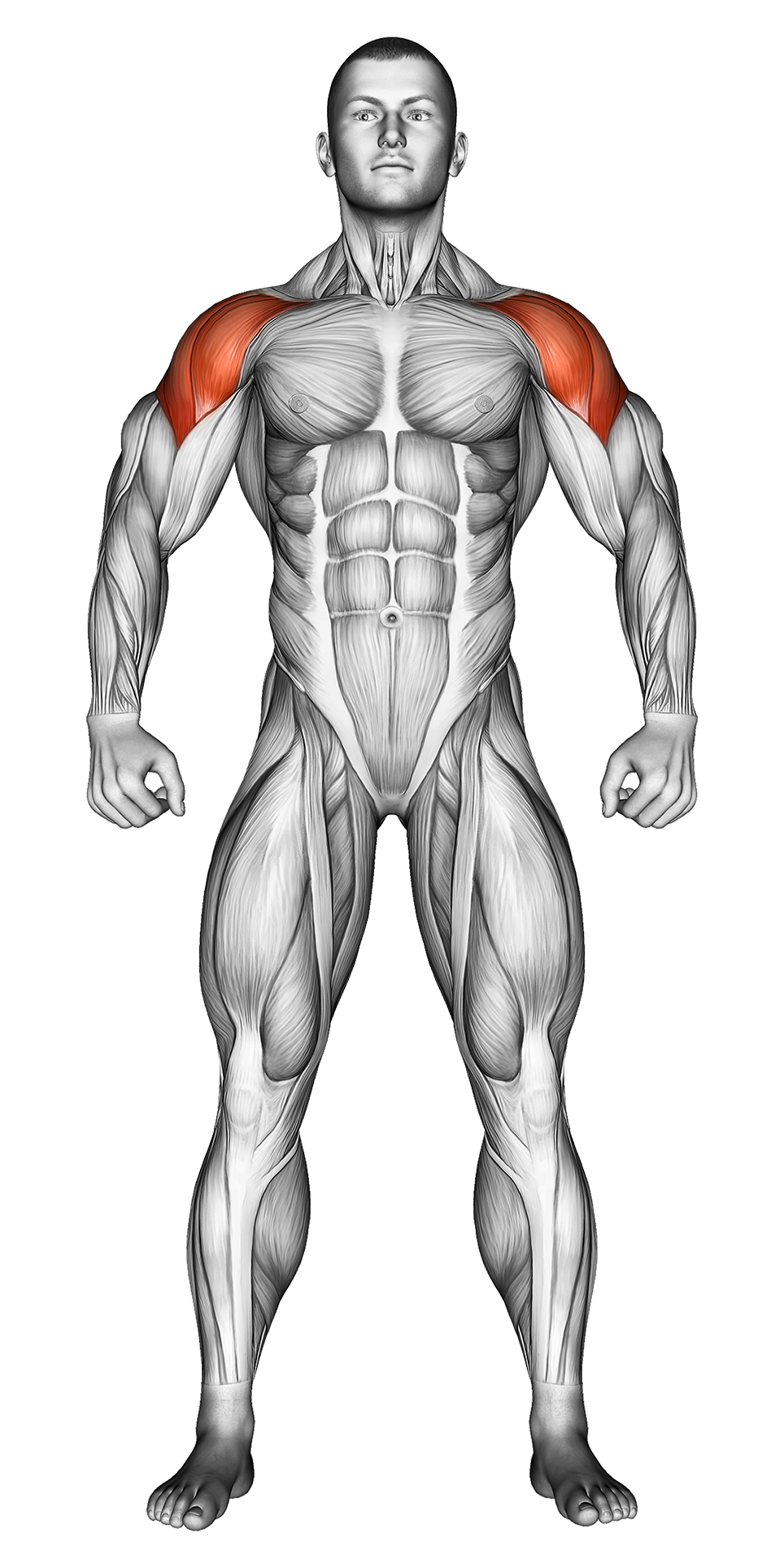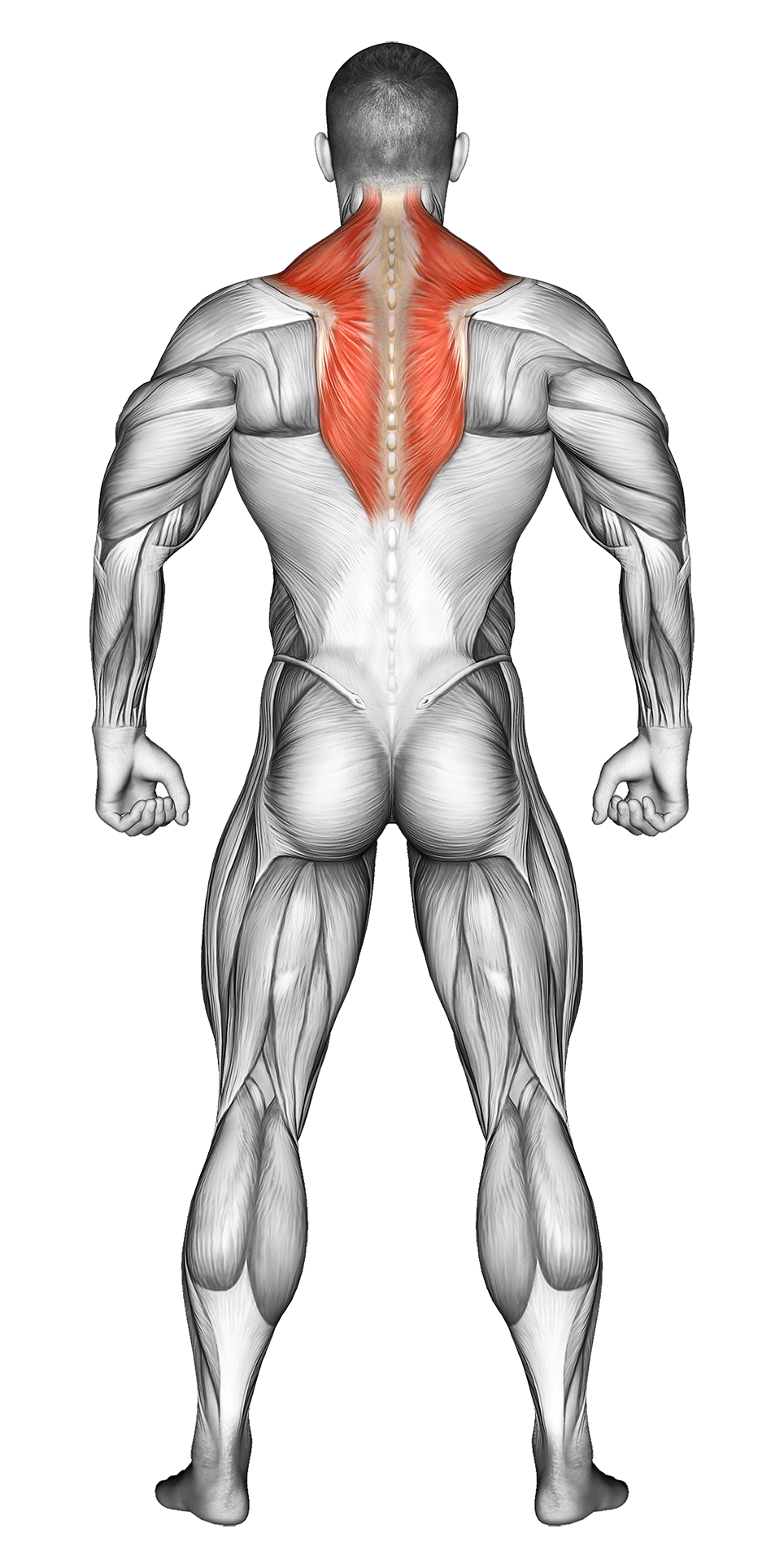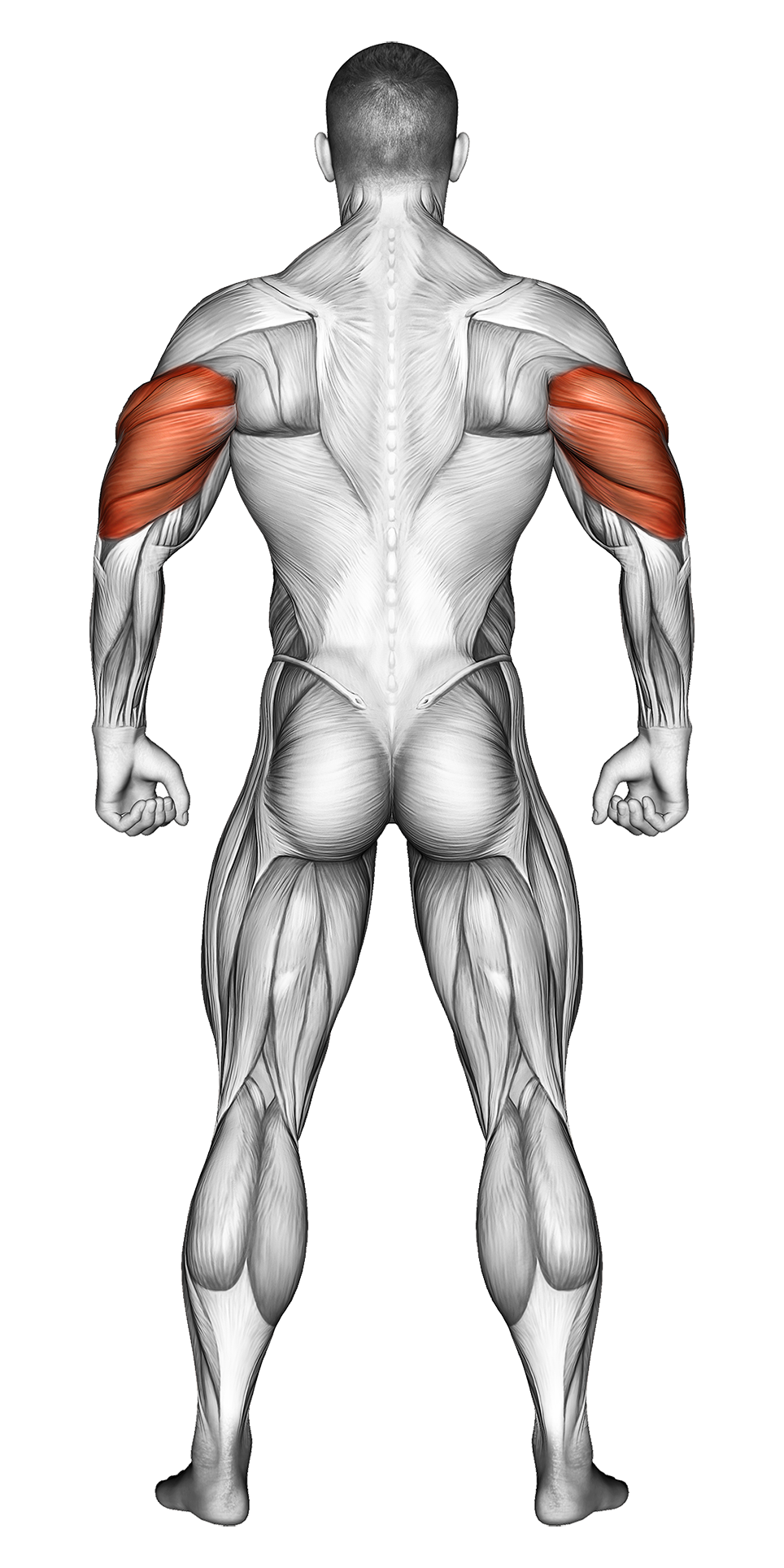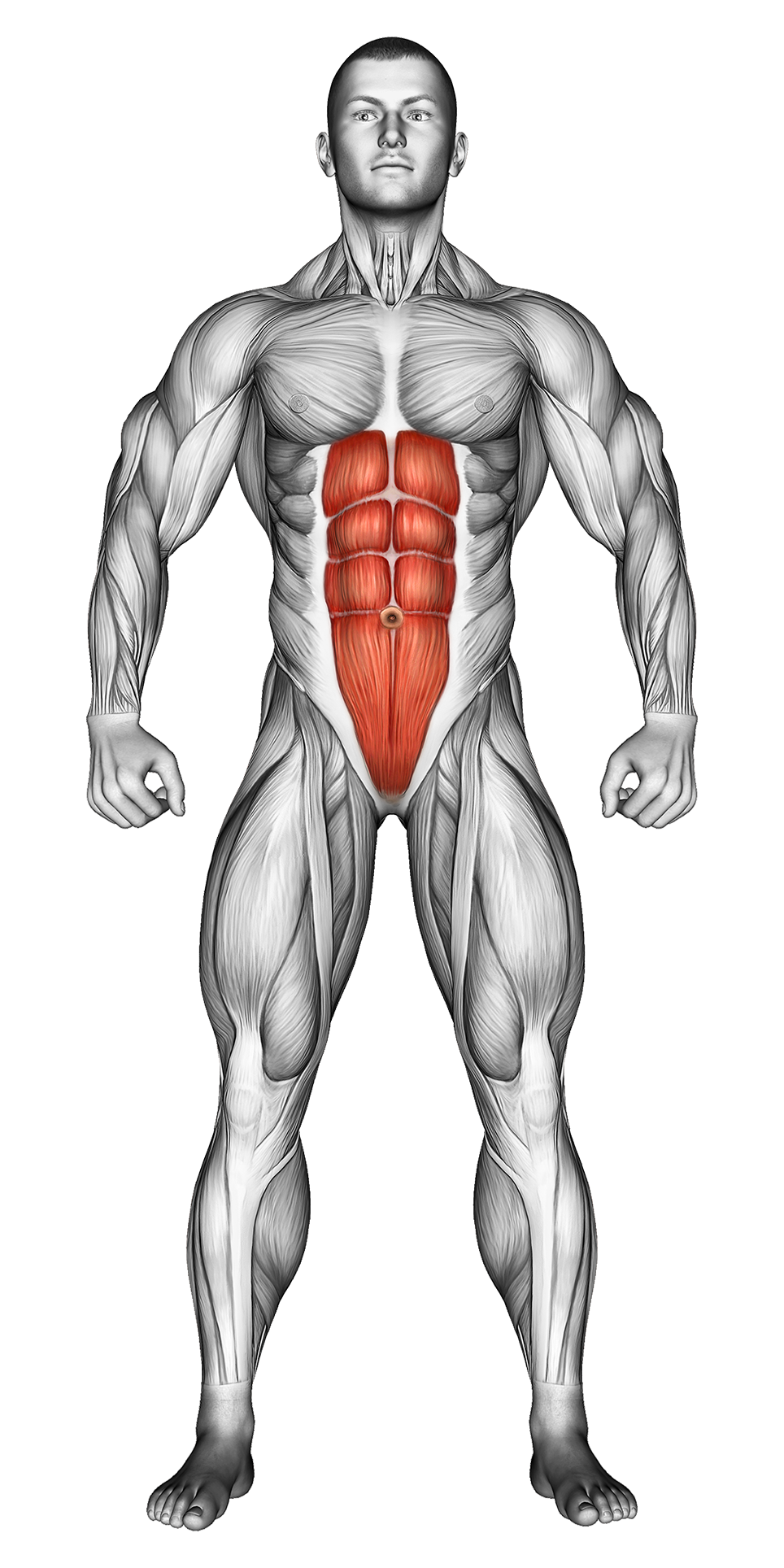Seated Dumbbell Press: Video Tutorial & Exercise Guide
| Workout | Seated Dumbbell Press |
| Primary Muscle Group | Shoulders |
| Secondary Muscle Group | Traps, Triceps, Abs |
| Equipment Required | Dumbbell |
| Force Type | Push |
| Mechanics | Compound |
| Exercise Type | Strength |
| Difficulty | Intermediate |
Seated Dumbbell Press: Video Tutorial & Exercise Guide
Muscle Groups
- Primary Muscle Group- Secondary Muscle Group
Seated Dumbbell Press - Step-by-Step Guide
Seated Dumbbell Press Overview
Benefits of Seated Dumbbell Press
Seated Dumbbell Press Pro Tips & Advanced Techniques
Progression Plan for Seated Dumbbell Press
Frequently Asked Questions (FAQs) Of Seated Dumbbell Press
How to do Seated Dumbbell Press – Step-by-Step Guide
- Step 1: Sit on a bench with a back support, holding a dumbbell in each hand. Rest the dumbbells on your thighs with your feet flat on the floor, shoulder-width apart.
- Step 2: Engage your core, and use your legs to help lift the dumbbells up to shoulder height. Your palms should be facing forward, and your elbows should be bent at about a 90-degree angle.
- Step 3: Begin the movement by pressing the dumbbells overhead until your arms are fully extended but not locked out. Keep your elbows slightly bent at the top of the movement, and avoid arching your lower back.
- Step 4: Slowly lower the dumbbells back to the starting position with control, bringing your elbows down until they form a 90-degree angle.
- Step 5: Repeat for the desired number of reps, maintaining proper form and control throughout the movement.
Seated Dumbbell Press Overview
The seated dumbbell press is a classic shoulder exercise that targets the deltoids, particularly the anterior (front) and medial (side) delts. By using dumbbells, this exercise allows for a greater range of motion compared to barbell presses, and helps develop balance and symmetry between the shoulders.
This movement is excellent for building shoulder strength and size, while also engaging the triceps and upper chest. It can be performed by lifters of all fitness levels and is a great addition to any upper-body workout routine.
Benefits of Seated Dumbbell Press
The seated dumbbell press primarily targets the deltoids, helping to build shoulder size, strength, and stability. The movement also engages the triceps and upper chest, making it a comprehensive upper-body exercise.
Using dumbbells allows for independent movement of each arm, which improves balance and can help correct muscle imbalances. This makes the seated dumbbell press a great option for developing symmetry between the shoulders.
Additionally, performing this exercise in a seated position with back support helps reduce the risk of lower back strain and encourages proper posture during the press.
Seated Dumbbell Press: Pro Tips & Advanced Techniques
Focus on maintaining a neutral spine and avoid arching your lower back as you press the dumbbells overhead. Keep your core engaged throughout the movement to stabilize your torso. For an added challenge, try slowing down the lowering phase to increase time under tension or performing the exercise unilaterally (one arm at a time) to increase shoulder stability. Ready to build stronger shoulders? Let’s press!
Progression Plan for Seated Dumbbell Press
| Level | Sets | Reps | Progression Tips |
|---|---|---|---|
| Beginner | 2-3 | 8-10 | Start with light dumbbells to focus on proper form. Keep your core tight and avoid arching your lower back as you press the dumbbells overhead. |
| Intermediate | 3-4 | 10-12 | Increase the weight gradually while maintaining full control of the movement. Focus on a full range of motion and avoid locking out your elbows at the top. |
| Advanced | 4-5 | 12-15 | Use heavier weights and incorporate tempo training by slowing down the lowering phase. You can also perform dropsets or supersets with lateral raises for an intense shoulder workout. |
Frequently Asked Questions (FAQs) of Seated Dumbbell Press
What muscles do Seated Dumbbell Presses target?
This exercise primarily targets the deltoids (shoulders), with secondary engagement of the triceps and upper chest.
Are Seated Dumbbell Presses suitable for beginners?
Yes, seated dumbbell presses are suitable for beginners. Start with lighter dumbbells to master the form and gradually increase the weight as your strength improves.
How can I make Seated Dumbbell Presses more challenging?
To increase the difficulty, use heavier dumbbells or slow down the lowering phase of the press. You can also perform the exercise unilaterally (one arm at a time) to increase shoulder stability or incorporate supersets with lateral raises for added intensity.
How often should I include Seated Dumbbell Presses in my routine?
Seated dumbbell presses can be included 1-2 times per week as part of your upper body or shoulder workout. They pair well with other shoulder exercises like lateral raises or push presses for a complete shoulder routine.
What common mistakes should I avoid when doing Seated Dumbbell Presses?
Avoid arching your lower back or locking your elbows at the top of the movement. Keep your core engaged, and focus on moving the dumbbells in a controlled manner to avoid injury and maximize muscle engagement.
Share



